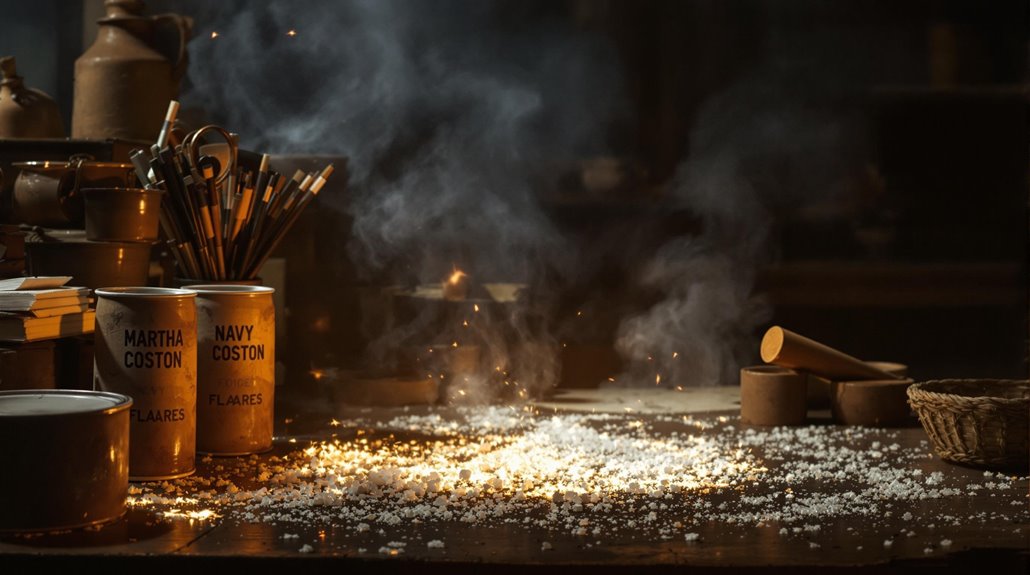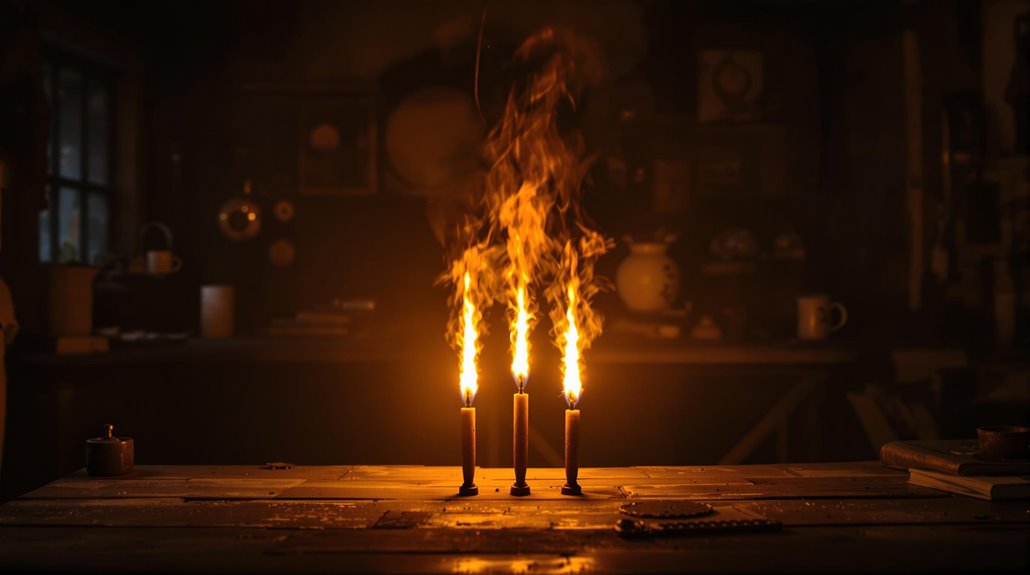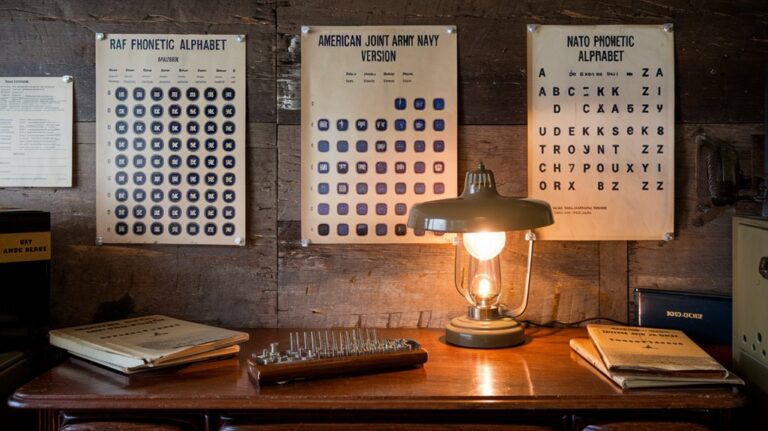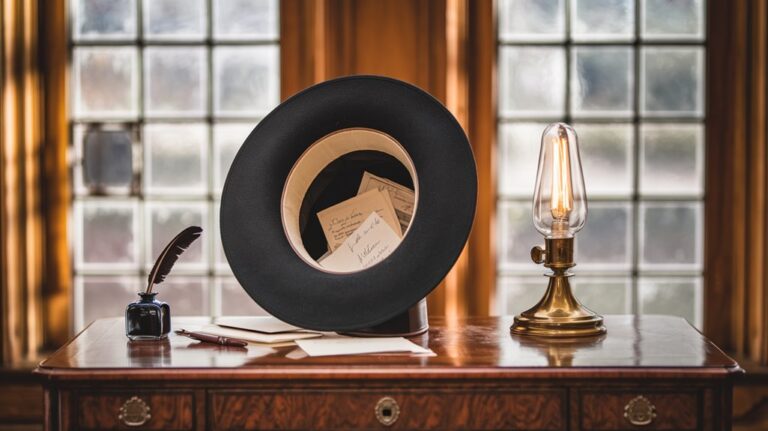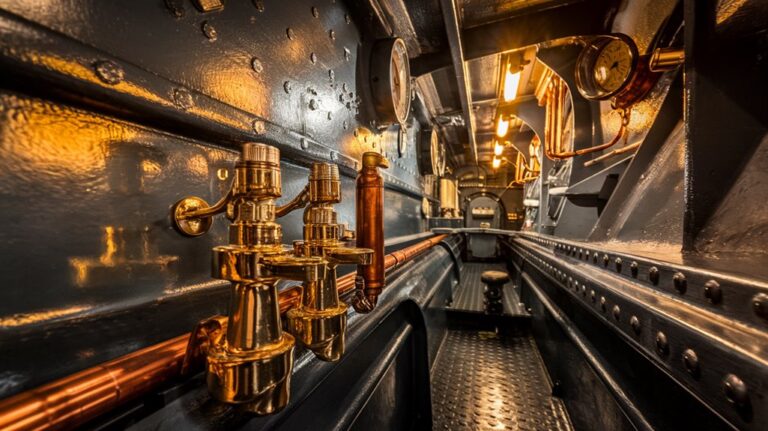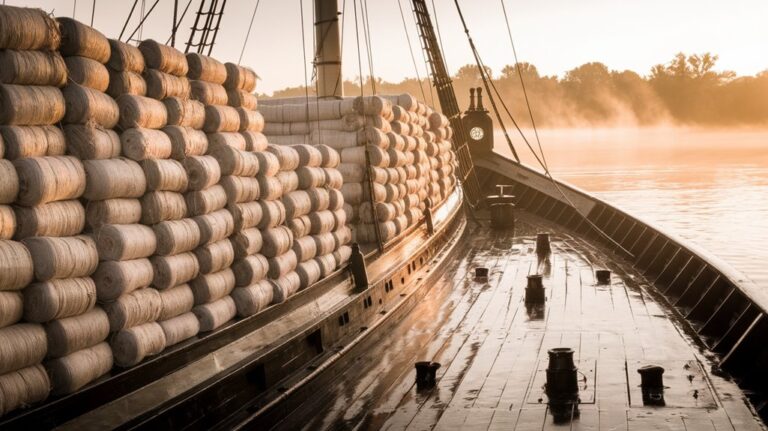Martha Coston’s Navy Flares: the Late Husband’s Notes She Turned Into a Fortune
You've likely heard countless tales of wartime innovations, but Martha Coston's story stands apart. When she discovered her late husband's unfinished notes on signal flares at age 21, she didn't just inherit a collection of papers—she uncovered the foundation of a maritime revolution. Her transformation of these basic concepts into a sophisticated naval signaling system wouldn't just make her fortune; it would save countless lives and reshape naval communication for generations to come.
A Young Widow's Discovery in Old Papers
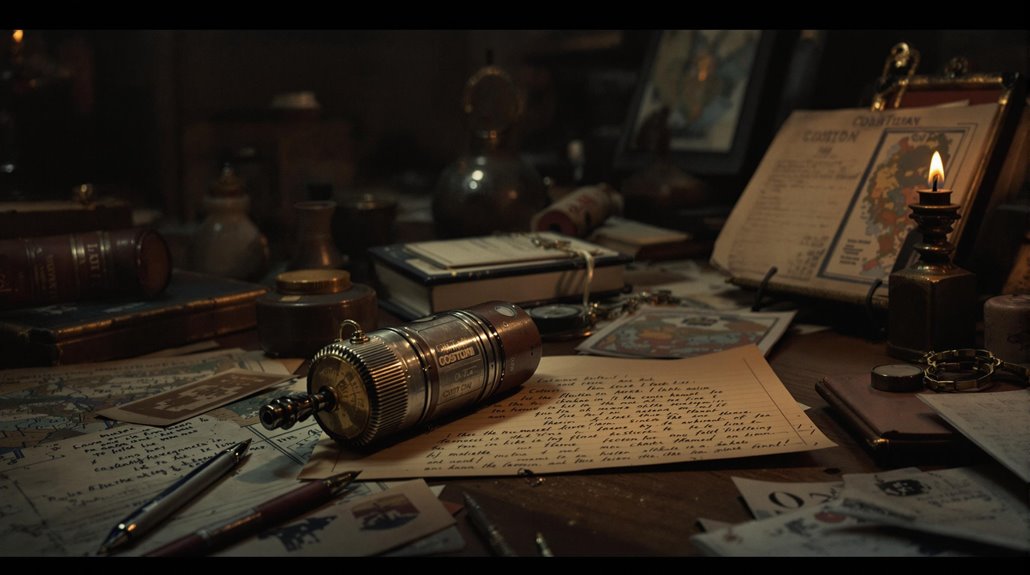
When tragedy struck Martha Coston at age 21, she couldn't have known that her desperate search through her late husband's papers would change naval history.
Left penniless with four young sons after Benjamin's death from chemical exposure, Martha's resilience would soon be tested by even more heartbreak – the loss of her youngest child and her mother.
Born and raised in Baltimore, Maryland, Martha grew up without any formal schooling yet would go on to revolutionize naval signaling.
Facing mounting widowhood challenges, she began methodically searching through Benjamin's documents, hoping to find a completed invention she could patent.
The Secretary of Navy confirmed the potential value of her discovery, giving Martha confidence to proceed with development.
While she didn't discover any finished work, what she found was potentially more valuable: a carefully drafted set of plans for a night signal system for ships.
Inside a large envelope lay the blueprint that would eventually transform maritime communication and Martha's fortune, though she didn't know it yet.
From Fireworks to Naval Innovation
While watching New York City's fireworks celebration of the transatlantic telegraph cable in 1858, Martha Coston experienced her breakthrough moment.
As brilliant colors lit up the sky, she realized the missing piece in her pyrotechnic evolution: a bright blue flare to complement the existing red and white signals.
You'll find that her maritime signaling system quickly gained traction after she partnered with a pyrotechnics expert to perfect the blue color.
The U.S. Navy, impressed by her innovation, placed an initial order of 300 flares, followed by a larger $6,000 contract.
Congress even authorized $20,000 to purchase her patent in 1861.
Her success wasn't limited to American shores – she secured patents across Europe, and her flares became standard equipment for military institutions, merchant vessels, and the U.S. Life-Saving Service. Having no formal education, she achieved these remarkable accomplishments through determination and ingenuity. She had spent nearly ten years developing the signaling system before achieving this remarkable success.
Perfecting the Signal Flare System
Despite her limited knowledge of chemistry and pyrotechnics, Martha Coston spent nearly a decade perfecting her signal flare system from her late husband's incomplete notes.
She collaborated with expert chemists and fireworks specialists to overcome technical challenges, with a breakthrough coming in 1858 after observing a fireworks display.
The signal technology required bright, long-lasting flares using red, white, and green colors for effective ship-to-ship and ship-to-land communication.
Her flare design enabled coded messages through various color combinations.
After establishing Coston Manufacturing Company in 1858, she secured U.S. Patent 23,536 in 1859.
You'll find her commitment to innovation didn't stop there – she continued improving the system, patenting a twist-ignition device in 1871 that made the flares more practical for naval operations.
As a widow with four children, she demonstrated remarkable resilience in transforming personal tragedy into professional success.
The United States Life-Saving Service equipped every station with Coston flares, which proved essential for maritime rescue operations.
The Civil War's Game-Changing Communication Tool
The telegraph transformed military communications during the Civil War, operating alongside Coston's signal flares as a revolutionary advancement in battlefield coordination.
You'll find that telegraph technology gave the Union Army a distinct advantage, with over 15,000 miles of wire handling more than 6.5 million messages throughout the conflict.
The military strategy impact was immense. President Lincoln could personally direct campaigns through nearly 1,000 messages, while the U.S. Military Telegraph Corps managed operations using Anson Stager's secret code system. Signal Corps volunteers worked tirelessly to test and refine communication methods.
Commanders deployed mobile telegraph stations in field tents and wagons, integrating them with aerial balloon reconnaissance for enhanced battlefield awareness. The Confederacy's efforts were severely limited as Union Navy blockades prevented them from obtaining essential telegraph materials.
While both sides worked to secure their communications through encryption methods like cipher disks, the Union's superior telegraph network proved vital, as Confederate lines often suffered from supply disruptions.
Building a Global Maritime Safety Empire
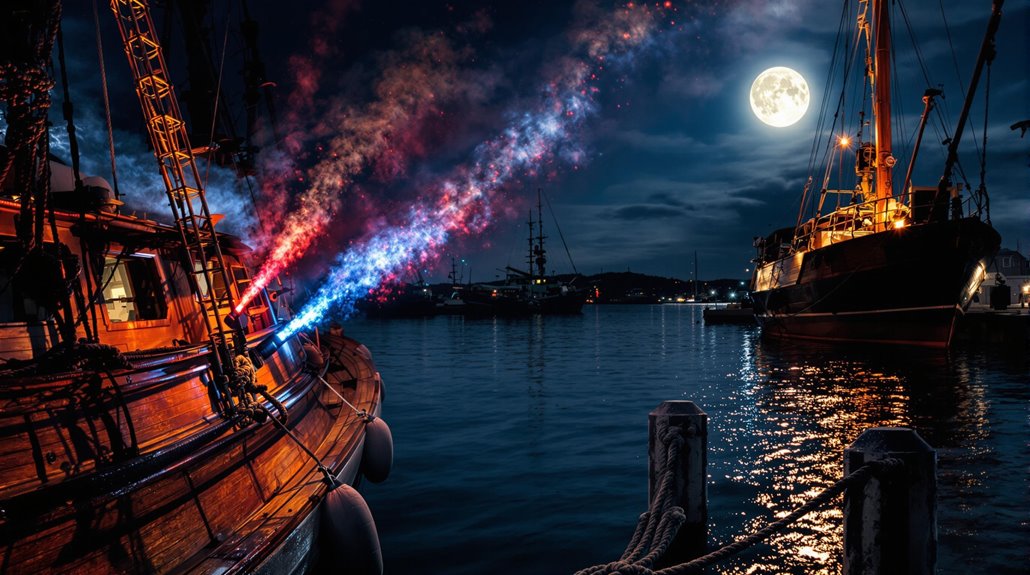
After securing her success in the U.S., Martha Coston set her sights on global expansion, securing patents across Europe in England, France, Italy, Denmark, Sweden, and the Netherlands. Her maritime safety empire grew as governments worldwide adopted her life-saving signal flares.
You can trace Coston's business acumen through her company's evolution from Coston Manufacturing to Coston Signal Company, and finally to Coston Supply Company. She didn't just rest on her initial success – she continued innovating with new patents, including a twist-ignition device in 1871. The Union Navy's wartime victories were greatly aided by her flares during the Civil War. After the loss of her husband to chemical exposure, she persevered through personal tragedy to build her successful company.

